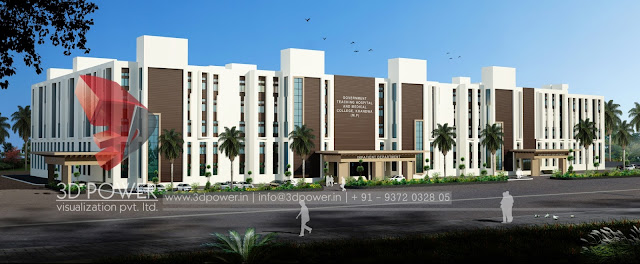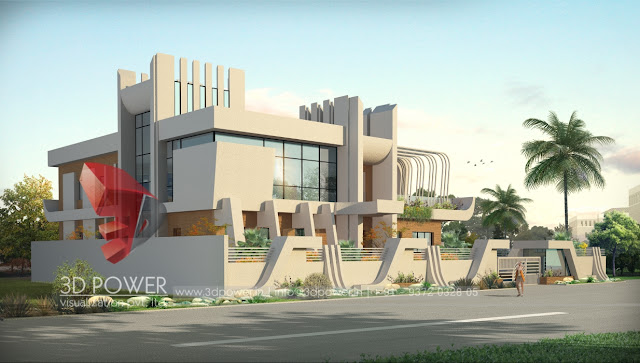Perhaps the most challenging part of the utilization of emphasis in a space for designers is considering that this last principle can be achieved in multiple ways. Limiting ourselves when applying emphasis on our homes sometimes takes away the full potential that the interior could have reached through it. The way I see it is that emphasis can be achieved by addition as well as subtraction, since value and contrast are both very useful elements to take into consideration when designing a space. The key here is to think of the many possibilities for every piece of decoration, and to remember that even re-arranging your house within the same accessories could have a great impact on its entire look and style. You can achieve emphasis with pretty much any element of design, including--but not limited to--: Color, shape, form, proportion (or disproportion), etc.
Emphasis, just like any other principle and element in interior design, is about values. Customers usually think that an interior design remodeling is about getting rid of the things we already have and purchasing new ones. However, this does not have to be the case if we are just looking to achieve a “better” design of our interior within the same lines of our current style and taste. For example, instead of throwing away that old mustard-yellow blanket that your grandmother gave you last Christmas, just because “it doesn’t go with the rest of the living room”, a good designer would actually work around this if they see that you actually value this item. Emphasis in interior design is not about throwing away the accessories that “don’t go well”; it is about finding ways to emphasize these accessories throughout your house and work around them. Remember: A good designer can go to any furniture store and find the perfect living room for you. A great designer knows how to give you your ideal living room space while taking advantage of the things you already have.
As I mentioned earlier, emphasis also functions as a subtraction tool, and with that I mean to answer the question “What would you like to not show as much while still including it?”. Yes, we have all been in situations where, really, there is not other space for that Victorian chair that has been in your family for over 100 years—and that you highly dislike with passion—. Nevertheless, when physically disappearing furniture and decorations is not an option, then emphasis can also help you vanish or blur those aspects of your home by highlighting others.
As a conclusion, when trying to achieve emphasis in a space is very important to question yourself in these two concepts: What are those things that you would like to show off from your house? What are those things that you would like to hide but still keep? Create and distract focus while answering these questions every time, and you would have achieved this in a very well designed form!
























































